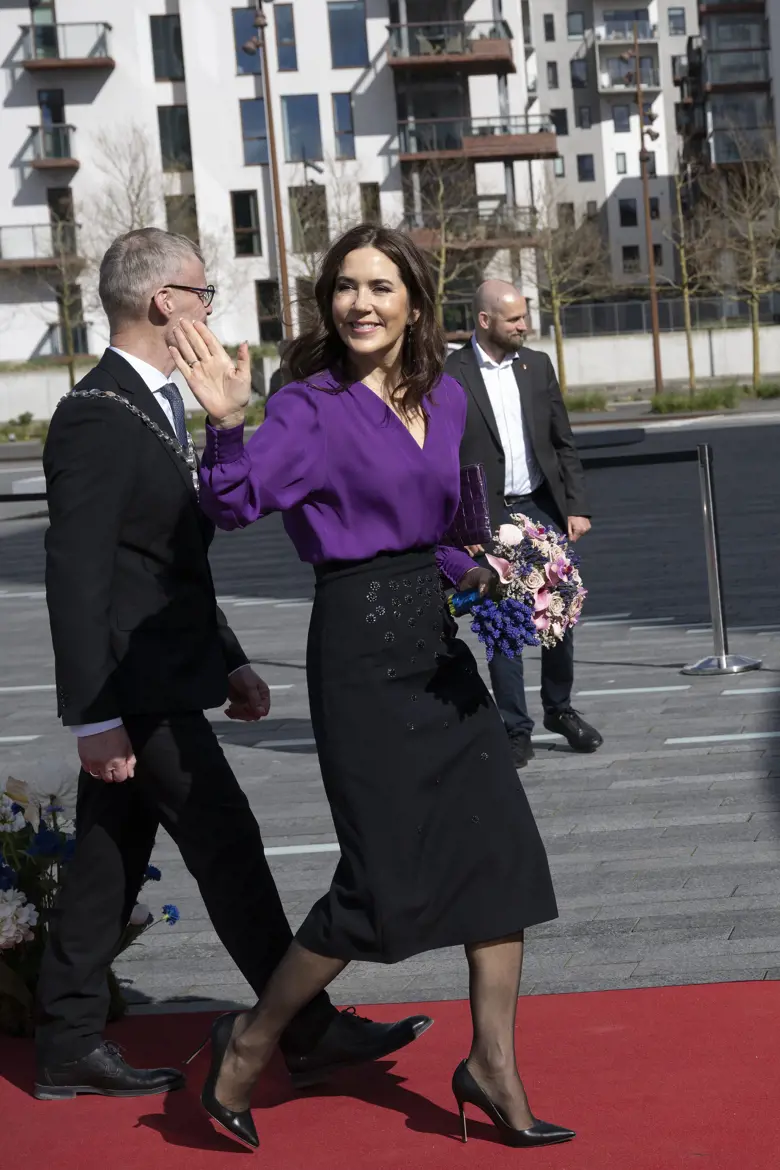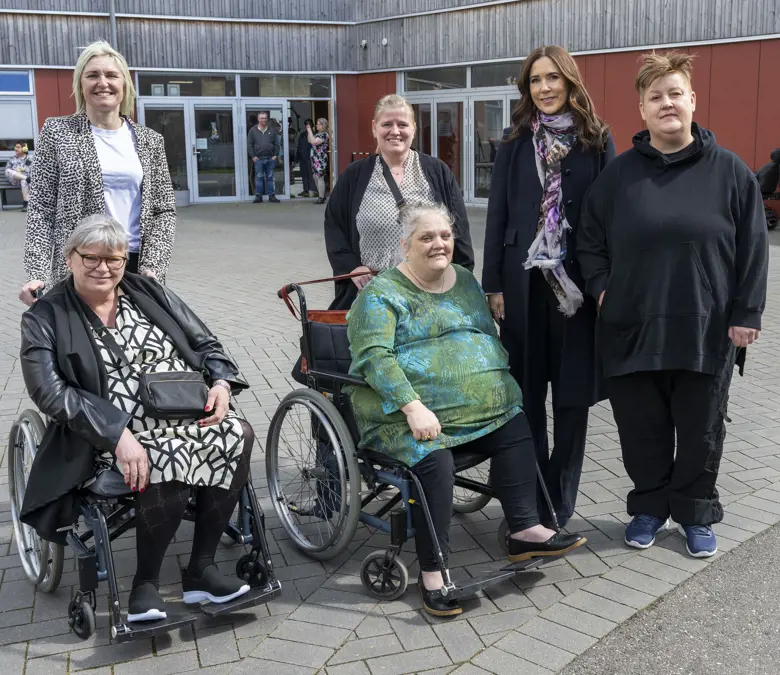HRH the Crown Princess‘ remarks at the UNGA 73 Side Event, Collective Call to Protect Women and Girls on the Move, New York, 25 September 2018
Offentliggjort den 25. september 2018
Good morning,
Today, our focus is on the vulnerability of women and girls on the move. Our discussions and deliberations will focus on what needs to be done to ensure their health and protection, as well as their livelihood.
But allow me to take a different point of departure:
Women are resourceful. Young girls are resourceful.
In every community I visit all over the world, however deprived or disadvantaged, I never cease to be amazed by the huge potential possessed by the women and girls that I meet.
Women and girls who stand ready to make a positive change in their lives and the lives of others – who will rise to the challenge, when the opportunity arises.
Women and girls’ vulnerability in crisis is not a sign of weakness, but of inequality. Experience shows that in crisis women and girls are not only victims. They can also be leaders and they constitute an important resource to combat the challenges faced. And it is exactly, this fact that I encourage you to keep top-of-mind, throughout the discussions this morning.
There is no denying that when women and girls are on the move, they are indeed faced with increased risks and vulnerabilities.
On my field visits as patron of the UNFPA and the Danish Refugee Council, I have had the privilege of talking to the women and girls who are often disproportionately at risk. These risks are severely amplified when women and girls embark on long and perilous journeys as refugees or migrants.
Many of these risks and vulnerabilities come from just being; a woman, being a young girl;
With no or insufficient access to hygiene products, every month brings the challenge of adhering to cultural sensitivities for example; keeping yourself isolated at this time of the month. Or simply from keeping clothes from spotting and dignity from crumbling.
Limited access to contraceptives can put a woman at risk of unwanted pregnancy.
And when a woman is pregnant, lack of access to skilled birth attendants and to a functioning health care system can put a woman’s and her baby’s lives at risk.
When people are on the move, women literally risk giving birth by the road, under open sky.
Women and girls are simply at greater risk because of their gender. Being on the move very often means that social structures disintegrate. The protection normally found within families and communities disappear.
This lack of protection in the wake of conflict, disaster and deprivation, has a direct impact on Gender-based violence, the levels increase.
Women on the move are often not only responsible for themselves, but also for providing for their children; ensuring that they have food, clothes, and shelter.
Desperate circumstances require desperate acts. It is not unusual that women on the move, as a last resort, engage in the exchange of sexual favours in order to be able to access resources for their families.
While women with families have specific responsibilities that put them at risk, younger girls may face a very different kind of gender-based violence – ironically, with the intention of protecting them.
Child marriage tends to increase in emergencies, as it is a negative coping mechanism. It can be about transferring the financial burden of the girl to her new family or seeking to protect her by moving her from temporary shelter and into a more stable life situation.
But we have begun to call it, what it really is: Child marriage – often between a young girl and a man very much her senior – is often institutionalized and repetitive rape. There really is no other way to describe it; despite the harshness of the words, and despite the good intentions that may lie behind the act.
I have now described the dire reality of the situations. In a time with a record number of women and girls on the move, we need to ensure their protection.
We know a lot about what needs to be done and what can be done. I know that there are many strong initiatives being implemented at this very moment to support women and girls on the move. We will hear about of some of them today.
And we will hear about how we are continuously obtaining a deeper understanding of the circumstances, concerns and needs of women and girls on the move – so, we are better equipped to meet their needs.
As we continue our dialogue this morning, I’d ask that you remember what I said at the outset; women and girls on the move are a powerful resource.
They are a resource that we would be wise to engage and incorporate in all our discussions, decision, solutions and initiatives.
Afterall, they are the experts in their own lives; and together we can support them in accessing the power that the hope of a better life can release.
Thank you.



